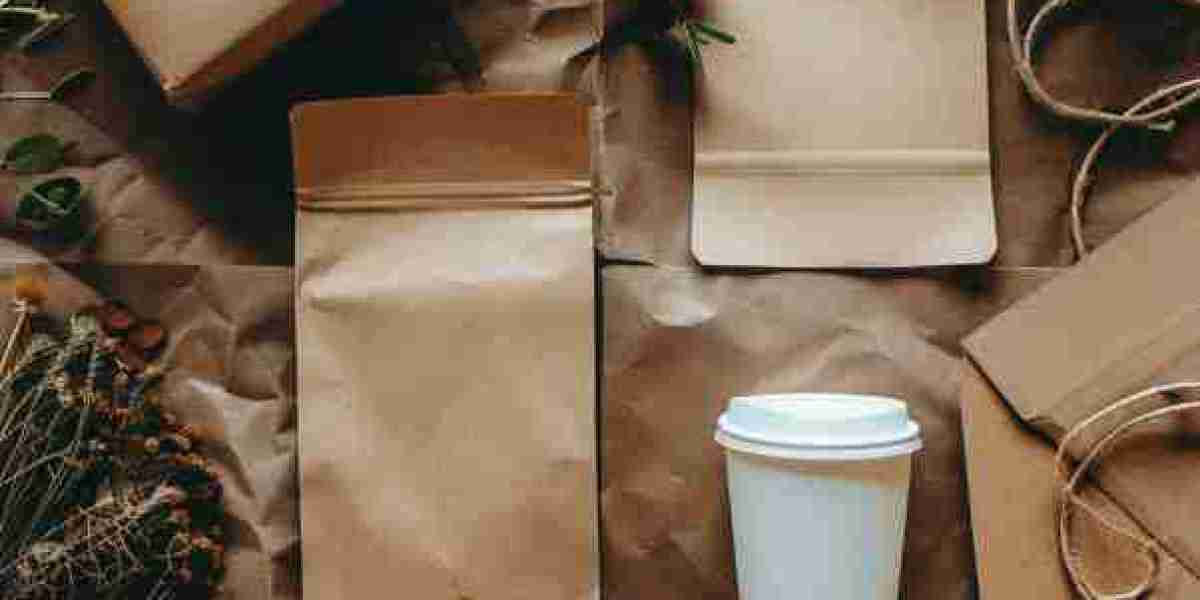In recent years, there has been a significant shift towards more sustainable packaging solutions driven by both consumer demand and the business case for eco-friendly design. Customers are increasingly seeking out brands committed to reducing waste and carbon footprints, making sustainability a top priority. Meanwhile, biodegradable and recyclable materials offer tangible benefits like cost savings. As a result, companies across industries are embracing sustainable packaging approaches through innovative material choices, optimized supply chains, and consideration of total lifecycle impacts.
Choosing Eco-Friendly Materials
One of the most impactful changes has been a transition away from single-use plastics towards renewable, compostable alternatives. Popular sustainable materials for food packaging now include recycled cardboard, plant-based plastics, and fibers from agricultural byproducts. These eco-friendly options address waste issues while providing performance comparable to traditional plastics. Mushroom-based packaging is one exciting innovation - it is grown using mycelium in molds and breaks down naturally. Other popular choices include paper bottles and cartons made from recycled content. By designating "green" packaging materials, brands can significantly reduce their carbon footprint.

Optimizing for the Supply Chain
Sustainable packaging must consider impacts throughout the entire lifecycle. Today's leaders are optimizing supply chain logistics for lower emissions. Methods like minimalist designs that use less material, localization of sourcing to cut transport, and collaboration across the value chain help streamline sustainability efforts. Digital technologies also provide transparent monitoring of goals. Streamlining packaging through redesign can improve space utilization during shipping and visits to distribution centers.
Advancing Biodegradable Packaging Design
Many innovators are revolutionizing biodegradable packaging design through new material formulations and production processes. One start-up creates 100% compostable rings for multi-can packs from agricultural residues like fibers, skins and seeds. These six-pack rings fully break down to fertilize soil. Another firm manufactures coated films and laminates made of compostable polymers blended for high-performance properties. Their formulas achieve plastic-matching capabilities while facilitating home or industrial composting. As technologies mature, packaging can truly dissolve without pollution.
The Business Case for Sustainability
Forward-thinking companies recognize sustainable packaging as not only environmentally responsible but also good for business. Eco-friendly brands enhance reputations, attract conscious customers and gain pricing power in the market. Sustainable solutions often reduce long-term material, waste handling and logistics expenses when pursuing a circular economy model. Leaders must evaluate total packaging costs and consider an appropriately phased transition plan. With pilot testing and stakeholder buy-in, sustainability initiatives can be successfully and profitably implemented at scale.
As consumer and investor focus on sustainability grows, eco-friendly packaging will remain a strategic imperative. Those innovating new biodegradable packaging design approaches and optimizing full lifecycles lay the groundwork for a greener future economy. Overall the packaging sector transformation signals positive industry-wide change with widespread benefits.







